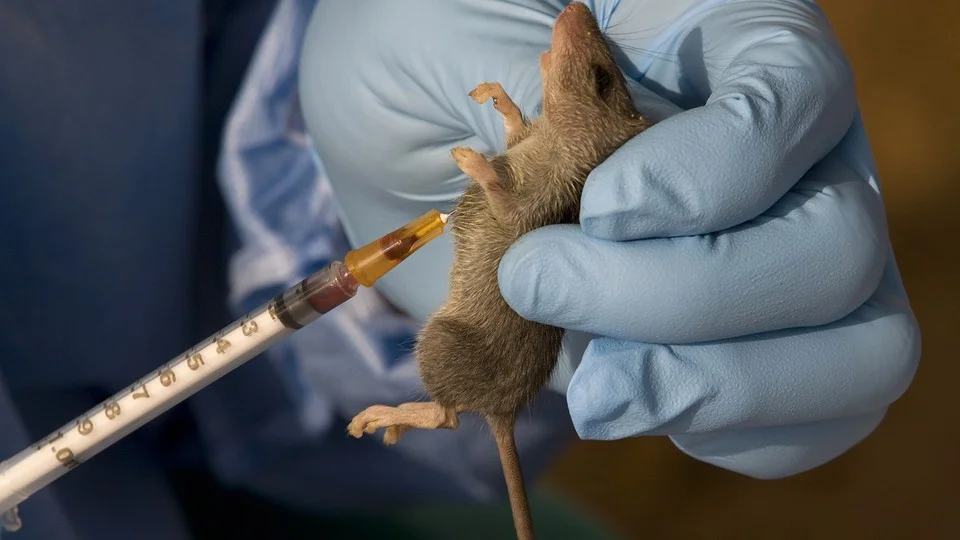Nigerian authorities have escalated emergency measures to combat the latest Lassa fever outbreak, following 29 deaths reported by January 24, 2020, across 11 states.
The Nigeria Centre for Disease Control (NCDC) confirmed 195 cases, prompting the activation of a national emergency operations center to coordinate the response to the growing number of infections.
This action addresses the seasonal surge typical during the dry season, which often sees increased cases.
Understanding Lassa Fever
Lassa fever, a viral hemorrhagic fever related to Ebola and Marburg but less lethal, is endemic in Nigeria, first identified in the town of Lassa in 1969.
It has also affected Sierra Leone, Liberia, Togo, and Benin, with a notable outbreak in Benin in 2016 claiming at least nine lives.
The disease spreads through contact with food or household items contaminated by rodent feces or urine, common in West Africa’s rodent population, and can transmit person-to-person via bodily fluids like blood, urine, or saliva, with an incubation period of 6 to 21 days.
Symptoms and Treatment Options
Most cases (80%) are asymptomatic, but symptomatic individuals may experience fever, fatigue, nausea, vomiting, diarrhea, headaches, abdominal pain, or sore throat, with some showing neck or face swelling.
The World Health Organization notes that the antiviral drug ribavirin can be effective if administered early.
Nigeria, with its 200 million population, operates five laboratories equipped to diagnose the disease, aiding in timely detection.
Historical Context and Impact
Annually, Lassa fever affects 100,000 to 300,000 people across West Africa, causing around 5,000 deaths, per the US CDC.
In 2019, Nigeria reported over 160 deaths, while in Sierra Leone and Liberia, 10 to 16% of hospital admissions annually involve the disease, underscoring its regional burden.
The current outbreak’s rise aligns with seasonal patterns, necessitating robust intervention.






